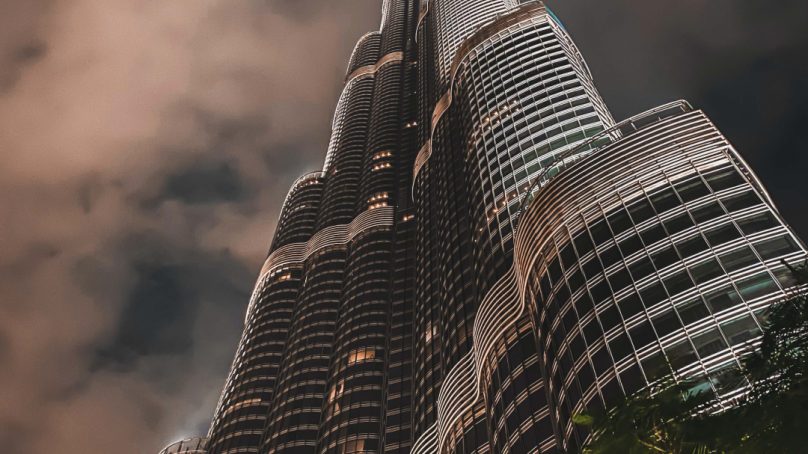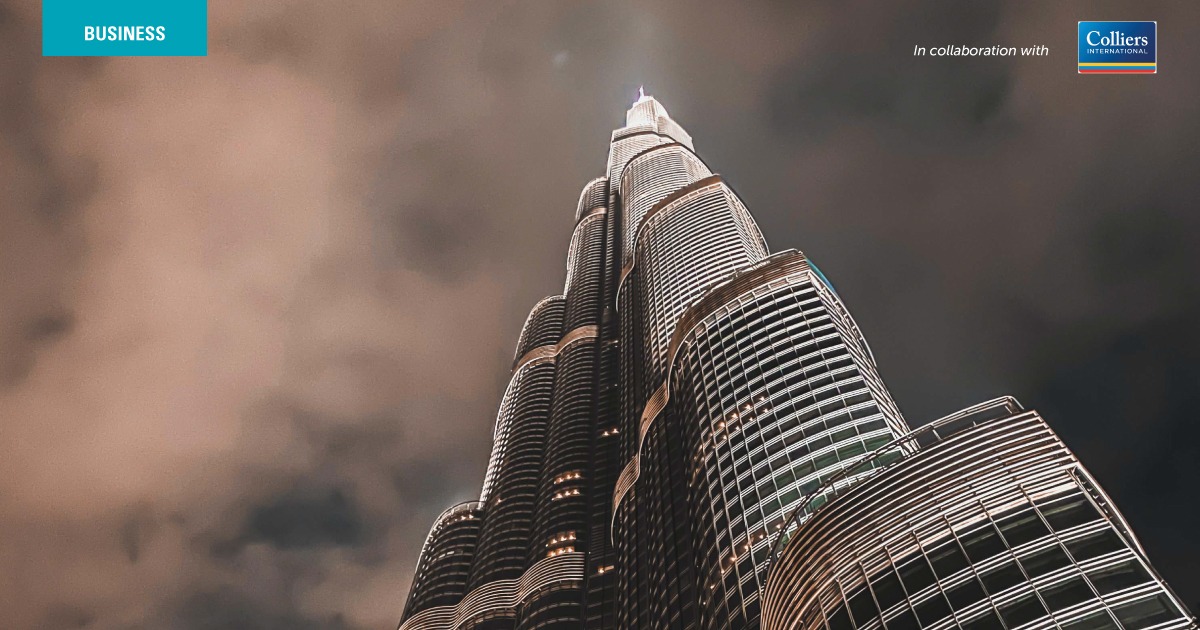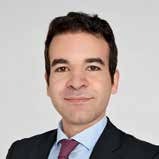Tourism appears to be picking up in the Middle East, a region that showed positive signs of revival in H2 2020. Nicolas Nasra, manager of Colliers International, tells us more about how the UAE is leading the recovery.
In October 2020, the Middle East led with the second highest hotel occupancy rate after Oceania and the second highest hotel room rate after Central America. Indeed, 2021 could be deemed the “Year of Recovery” for the UAE, with stronger performance catalyzed by the gradual rollout of the Covid-19 vaccine and — if all goes to plan — induced visitation to Expo 2021 in the last four months of the year. Notable hospitality markets in which we expect to witness strong rebounds in 2021 are Dubai, Abu Dhabi and Ras Al Khaimah, with a combined performance anticipated to achieve 36 percent higher occupancy compared to all other major MENA markets.
Supply update
A total of 5,300 quality branded hospitality keys have entered the UAE market between Q3 2019 and Q3 2020, with 95 percent opening in Dubai. Due to the pandemic, many scheduled UAE openings in 2020 were delayed. By year-end 2021, we can expect an additional 7,500 keys in the UAE, with over 60 percent of new inventory to open in Dubai.
Agility and pent-up demand
The market recovery for Dubai is looking particularly promising. Since reopening its borders to tourists on July 7, 2020, Dubai Airports have enabled the gradual resumption of flights through dedicated corridors and have recently introduced their state-of-the-art “touchless biometric path” airport experience, which uses facial recognition at all traveler touchpoints. Furthermore, government-led social distancing and safety protocols aim to minimize the spread of the virus in the city, such as reduced seating capacity in restaurants, maximum retail shop occupancy, enhanced protocols for beach clubs, reduced capacity theater occupancy and enhanced crowd management in malls during peak visiting times. Such measures have generated increased confidence in Dubai’s tourism industry, positioning the emirate to benefit from pent-up leisure tourism demand, which has accumulated during national lockdowns around the world.
Abu Dhabi reopened to tourists on December 24, 2020; and while it is expected to witness market recovery from Q1 2021 onwards, the emirate has implemented additional quarantining measures for visitors. Early on, the UAE’s cautionary efforts paid off, and inbound visitors to the UAE increased. However, the industry is facing challenges, as the number of Covid-19 cases has been rising throughout January 2021. Recently, additional precautionary measures have been taken to curb the spread of the coronavirus, such as further reductions in restaurant seating capacities, enhanced Covid-19 testing requirements for arrivals and the cancellation of the UK travel corridor.
Staycations and a new source market
Increased consumer trust in Dubai, Abu Dhabi and Ras Al Khaimah’s hotels has allowed residents to avoid the pandemic imposed hassle and risk associated with traveling abroad and residents have instead booked staycations, positively contributing to the relatively solid performance of five star hotels and resorts in particular. On the other hand, the three and four-star city hotel market is currently witnessing a price war, as this market subsegment has not been able to benefit from domestic leisure demand and vacationers coming from Europe. Such city hotels are typically reliant on corporate demand and conferences, which have been impacted to a greater extent than leisure-focused establishments.
The UAE’s ongoing recovery is mostly attributable to leisure demand and to quarantine demand. Contributing to this uptick in performance is the newly introduced source market of Israel, which has recently normalized its relations with the UAE. In the last few years, Israel has seen a growth spurt in outbound travel, increasing from 5.4 million international departures in 2015 to 8.3 million in 2019.
Within Dubai, we anticipate the submarket of Dubai Marina/JBR to lead the 2021 recovery charge with 67 percent occupancy for the year, while the typically high performing Palm Jumeirah is anticipated to achieve 65 percent occupancy. Fast recovery can also be expected in Ras Al Khaimah, which has so far benefited from UAE staycation demand, resulting in stable 2020 ADR levels versus 2019 Not without its own set of challenges, Dubai and other major UAE markets have demonstrated their agility and ability to quickly adapt to changing conditions. To date, over three million doses of the Covid-19 vaccine have been administered within the UAE — the second highest globally. With such difficult circumstances brought on by the pandemic, a smart action plan has been put in place to revive a good flow of leisure tourists and strengthen the UAE’s reputation as an attractive tourism destination.

















